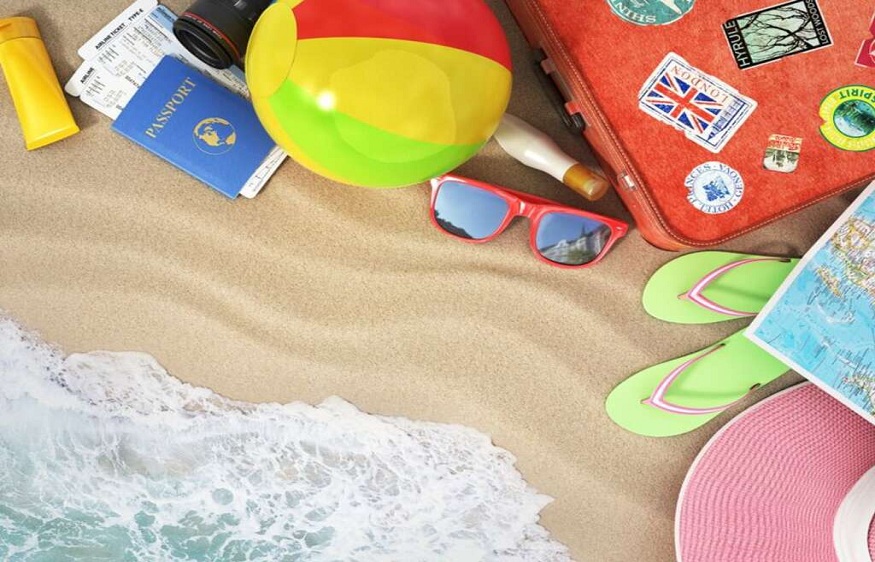Not sure how to create a travel itinerary? Do you spend hours preparing the itinerary of your road trip, you pile up the post-its in a disorderly way and you lose valuable information? Today I share with you all my tips for making an efficient travel itinerary while carefully preserving all the fruit of your research. Here is my step-by-step approach that you can listen to in my podcast “Les Coulisses du Voyage” or read in the transcript below.
1 – How to make a travel itinerary? Find places of interest
On google maps or maps.me, I zoom in on regions that interest me to get an idea of what I can find there. As I love nature, I often discover natural spaces, small reserves or natural parks that I haven’t necessarily heard about on the web, because these are more confidential places and correspond to a smaller audience.
Refine your research
Once you have identified specific places, do targeted searches by place to get travel stories, traveler feedback and give you a more specific opinion. So you will know if you want to include it
For example, say you have an itinerary of Tanzania Safari Packages. Creating a great one is an art. These packages connect the must see-destinations as well as the hidden gems, resulting in an experience that is captivating to say the least. When planning your itinerary, take hints from their book and identify places of interest that line up with your passions and curiosities.All of this is to ultimately say that refining the research pattern will help in turning travel plans into a personalized exploration of wonder.
Also do targeted searches based on your areas of interest. For example: surf spots, the most beautiful natural spaces, activities to do with the family…
2 – How to create a travel itinerary / road trip? Geolocate places of interest on a map
As you research, geolocate the places you really want to discover on google maps or any other mapping application, or even on a paper map if you prefer.
On google maps, you can even distinguish places by color code and classify them in lists for easy viewing. Same on maps.me.
If during your reading of articles, you also unearth good addresses for restaurants, cafes and hotels, remember to keep them under the elbow so as not to have to look for them. Personally I use the Mapstr application which is super ergonomic. This application allows you to geolocate your good addresses and list them according to your own classification systems thanks to color codes and tags that you create (eg: vegetarian restaurant, brunch, nice café, etc.). Once there, depending on your needs, you can easily find the nice addresses that you have put aside and which are located near you.
3 – Visualize your travel itinerary on a map and make choices!
When you have geolocated all these places, it will already draw outlines for a potential future travel route. You will be able to see if a nice loop is taking shape (the ideal scenario), or if finally the points that you have identified are so scattered that it will be difficult to do something coherent.
If you are not a fan of google, you can turn to the free alternative maps.me which is more adapted to smartphones. Many features are similar. In both cases, you can create your travel itinerary and download the maps to your mobile to use them even offline. Convenient for finding your way abroad when you have no Internet data or no network (the GPS function remains active even without a network).
4 – Check the feasibility of your travel itinerary / road trip
Checking the feasibility of your travel itinerary / road trip is really a key step. I frequently receive requests for advice to create itineraries from our readers and they are very often too busy and not achievable in the time allowed.
Tool if you are going on a road trip : you can look at the roads connecting the different places chosen on google maps or on the Openroute service . This site is well done because it allows you to simulate fuel consumption according to your type of vehicle, for example.
Tool if you take local transport: to find out about the different route options between point A and point B, I recommend the Rome2rio website . This site gives the possible routes according to the modes of transport (car, bus, train, plane, boat), an estimate of the time and the cost. The tool is particularly reliable for developed countries, a little less so for southern countries (notably certain buses are missing). Sometimes you have to plan a little more time than the site suggests, but it still gives a good idea.

